A Tesla owner shares experiences and findings about battery health after driving over 150,000 miles in nearly five years.
A Tesla owner has shared his experience after driving nearly 155,000 miles in his car over the past five years.
This journey offers insights into how high mileage affects the vehicle’s battery health.

Tesla owner reveals insights on battery health after driving 150,000 miles in almost five years
The owner, who purchased his Tesla in 2018, has used his car extensively. In fact, he has driven far more than the average person.
According to the Federal Highway Administration, the typical American drives about 13,500 miles each year.
However, this owner has far exceeded that number, showing just how much he relies on his electric vehicle.
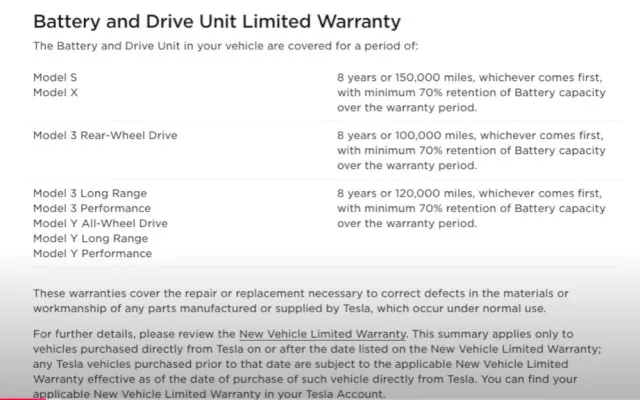
YouTuber Tesla Joy interviews owner about battery degradation after 150,000 miles
Recently, YouTuber Tesla Joy interviewed him to discuss the impact of this heavy use on the car’s battery.
The owner reported that his Tesla battery has experienced some degradation, losing about 8 to 11 percent of its capacity.
Battery degradation is a normal process where a battery’s ability to hold and deliver energy decreases over time.
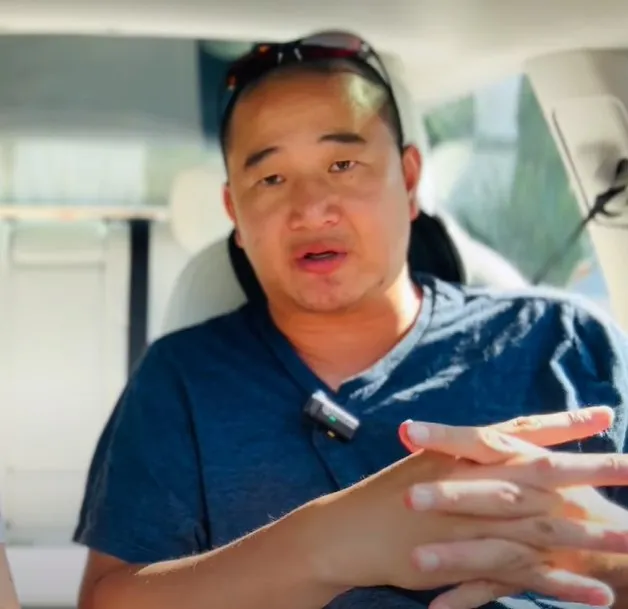
Despite this loss, the owner mentioned that he does not really notice any significant change in performance.
He only tracks the battery health actively and does not feel any difference in his daily driving.
Tesla owner relies on superchargers for charging, confident in battery health
Charging the Tesla is a crucial part of owning an electric vehicle, and this owner primarily used Superchargers.
He did not have a home-charging station, which meant he relied on these fast-charging stations to keep his car running.
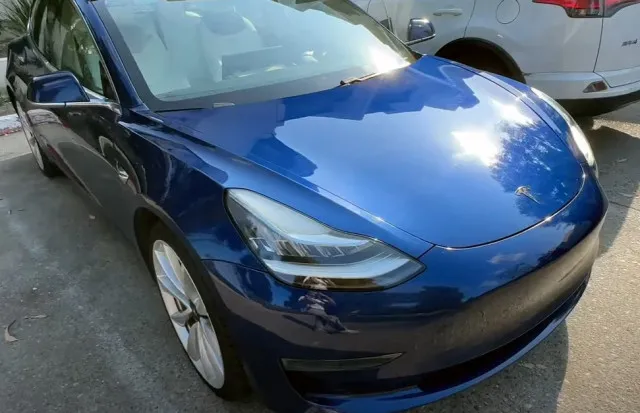
Superchargers can recharge a Tesla in less than 30 minutes, which is much quicker than standard Type 2 chargers which can take several hours.
Some Tesla owners worry that using Superchargers frequently might harm battery health.
However, the owner in this story does not believe this to be true. He feels confident that his battery has held up well despite his charging habits.
Maintenance is another important aspect of car ownership.
Tesla recommends servicing the vehicle every 12,000 miles or once a year.
However, this owner admitted that he waited until he reached 145,000 miles before he had any service done. He wanted to see how long he could go without issues.
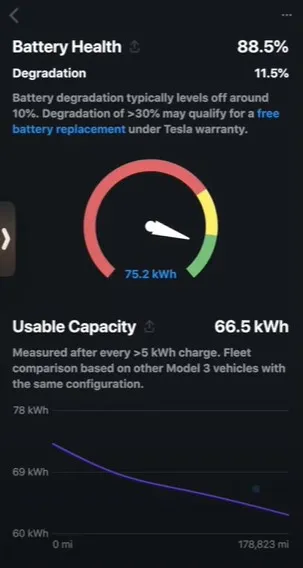
Eventually, he needed to replace his charging socket, which cost him around $600.
He also replaced the 12V battery for $125 and spent a few hundred dollars on other parts. Overall, his maintenance expenses totaled about $1,000.
Despite these costs and the wear on the battery, the owner remains very satisfied with his Tesla.
He expressed his love for the car, recalling the excitement he felt when he first drove it off the lot.
He stated that the car still feels almost as good as new, with only minor differences.
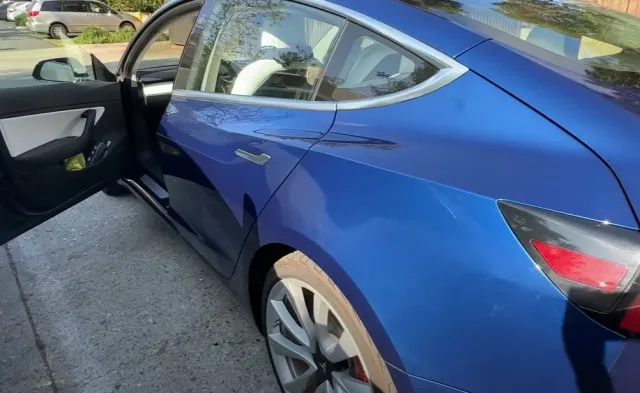
“It’s incredible because I still love this car,” he said.
“I still remember the day I drove it off the Tesla lot and the feeling of the pedals and everything, and I feel like it’s 100 percent – maybe 99 percent, something like that – similar.”
This experience clarifies the durability of Tesla vehicles.
With proper care, an electric car can endure high mileage without significant issues.